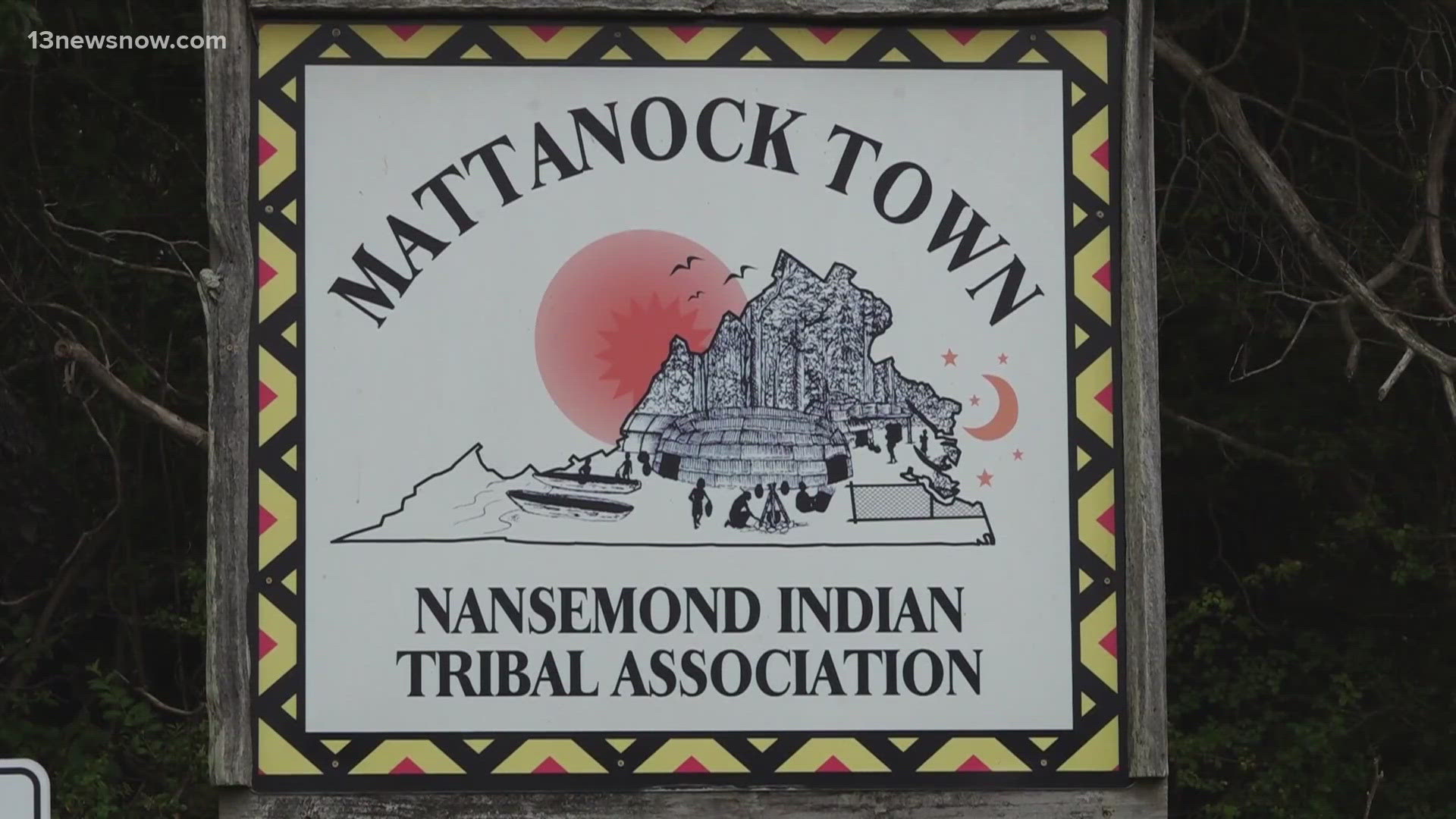SUFFOLK, Va. — Suffolk’s City Council chambers filled with applause on Wednesday night after council members voted to transfer 71 acres of land back to the Nansemond Indian Nation.
“I’m still in a dream-like state that this actually occurred,” Nansemond Chief Keith Anderson told 13News Now. “It’s incredible.”
The Mattanock Town property already houses the tribe’s headquarters and is the venue for its homecoming pow-wow every August. Chief Anderson said this agreement took years of negotiations.
He said, “It’s a great honor to have the lands again, and it gives us the opportunity to honor our ancestors.”
Suffolk City Council voted to enter a memorandum of understanding (MOU) with the tribe, which sets forth several guidelines. Those include the establishment of a city-nation council and the promise that the Nansemond Nation will keep up its conservation efforts. Groups like the Chesapeake Bay Foundation (CBF) will help support the tribe in that partnership.
“Many partners have worked hard for years to restore the heavily damaged site,” said CBF director Christy Everett. “We look forward to continue to work with the tribe to make their conservation vision a reality.”
The land is a former mining site, but going forward, Chief Anderson said that thanks to the city’s partnership, it will be used to educate the community.
“We came to a very healthy mutual understanding where both parties would succeed in the future,” he said.
In 2013, the city handed over the 71 acres to the tribe, but with the stipulation that a reenactment village be built as a tourist attraction. If that didn’t happen within five years, the city could repossess the property. In 2018, the tribe achieved federal recognition, opening it up to new funding opportunities, but the tourist village never happened. Suffolk deputy city manager Kevin Hughes said that since that time, priorities for Mattanock Town have changed.
“The original concept was really driven by tourism,” Hughes explained. “The evolved concept is more about conservation and education. You could really just see this concept and plan come together.”
He said this process illuminated the Nansemond Nation’s investment in its history and readiness to educate the community.
“You can really get a better sense of their connection to the land and their connection to the river. They want to share that passion and that history with everyone they interact with,” Hughes said.

